Betterlife the diary game //about the melon ///by@muzammal01 date 09/06/2021
بسم اللہ الرحمن الرحیم
In the name of God, Most Gracious, Most Merciful
ASSALAM O ALAIKUM
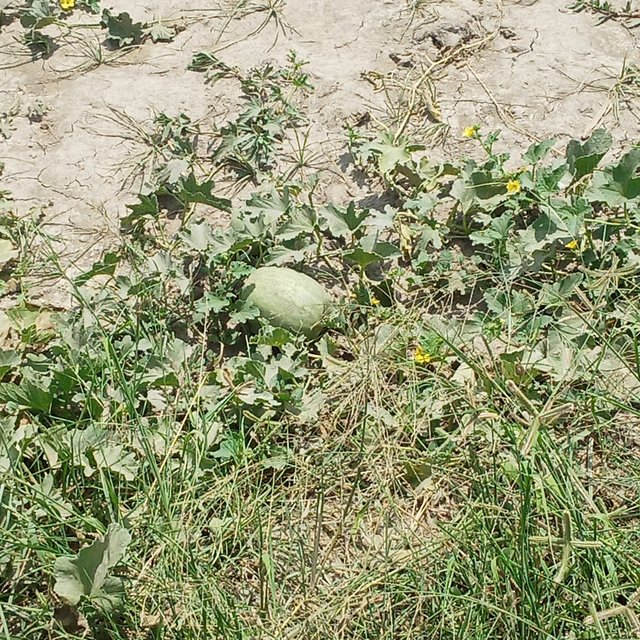
PRODUCTION
Melon production, 2018
Country Production
(millions of tonnes)
China 12.7
Turkey 1.8
Iran 1.7
India 1.2
World 27.4
Source: FAOSTAT of the United Nations[29]
In 2018, world production of melons was 27 million tonnes, led by China with 46% of the total (table). Turkey, Iran, and India each produced more than 1 million tonnes.[29]
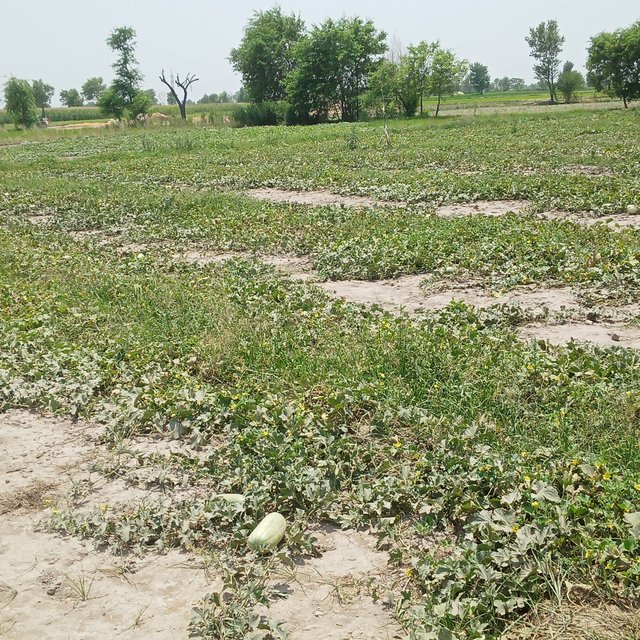
ABOUT THE MELON
A melon is any of various plants of the family Cucurbitaceae with sweet, edible, and fleshy fruit. The word "melon" can refer to either the plant or specifically to the fruit.Melons or muskmelon are native to Iran and adjacent countries toward the west and east. In fact, ‘Musk’ is a Persian word for a kind of perfume and ‘melon’ is derived from Greek words (Robinson and Decker-Walters 1997). The origin of diversity for melon was traditionally believed to be in Africa (Robinson and Decker-Walters 1997), although recent molecular systematic studies, suggested that it may be originated from Asia and then reached to Africa (Renner et al. 2007). Central Asia, Iran, Afghanistan, India, Transcaucasia, Turkmenistan, Tajikistan, and Uzbekistan, as well as Afghanistan and China (Robinson and Decker-Walters 1997) are considered primary diversity centre for melon (Tzitzikas et al. 2009).Two formal infraspecific taxa within C. melo were recognized by Kirkbr
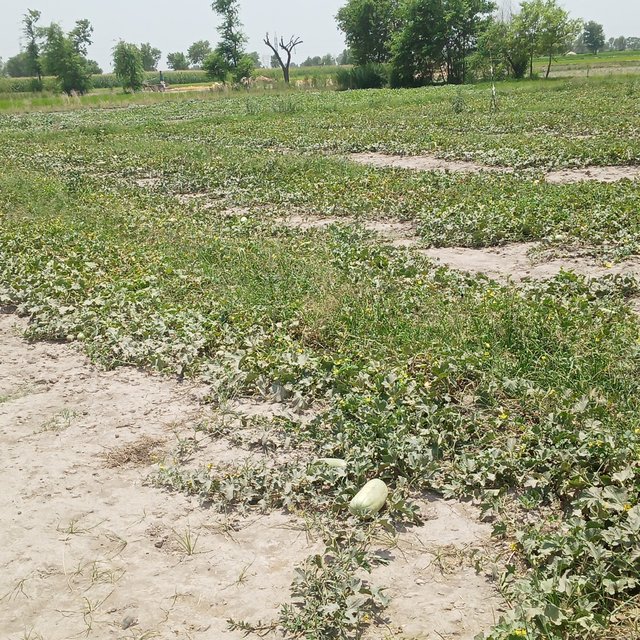
HISTORY OF MELON
Melons originated in Africa[6] or in the hot valleys of Southwest Asia, especially Iran and India,[7][8] from where they gradually began to appear in Europe toward the end of the Western Roman Empire. Melons are known to have been grown by the ancient Egyptians. However, recent discoveries of melon seeds dated between 1350 and 1120 BC in Nuragic sacred wells have shown that melons were first brought to Europe by the Nuragic civilization of Sardinia during the Bronze Age.[9] Melons were among the earliest plants to be domesticated in both the Old and among the first crop species brought by westerners to the New Worlds.[10] Early European settlers in the New World are recorded as growing honeydew and casaba melons as early as the 1600s.[11] A number of Native American tribes in New Mexico, including Acoma, Cochiti, Isleta, Navajo, Santo Domingo and San Felipe, maintain a tradition of growing their own characteristic melon cultivars, derived from melons originally introduced by the Spanish. Organizations like Native Seeds/SEARCH have made an effort to collect and preserve these and other heritage seeds.[
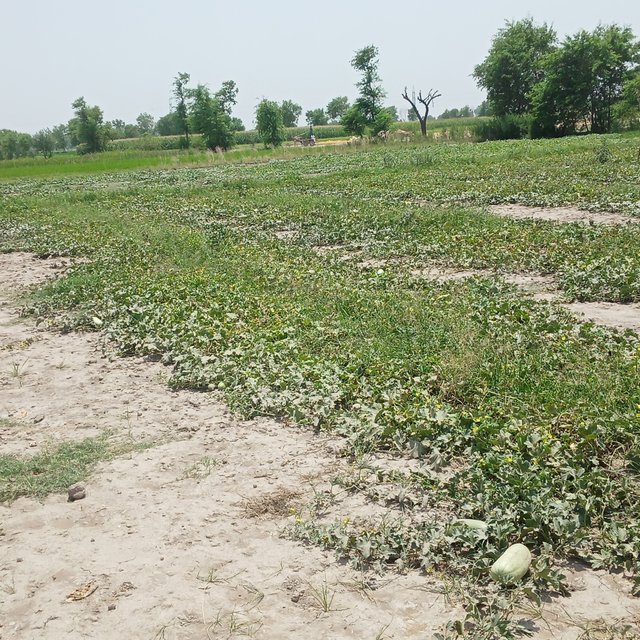
NUTRITION
Per 100 gram serving, cantaloupe melons provide 34 calories and are a rich source (20% or more the Daily Value, DV) of vitamin A (68% DV) and vitamin C (61% DV), with other nutrients at a negligible level.[15] Melons are 90% water and 9% carbohydrates, with less than 1% each of protein and fat.[15]
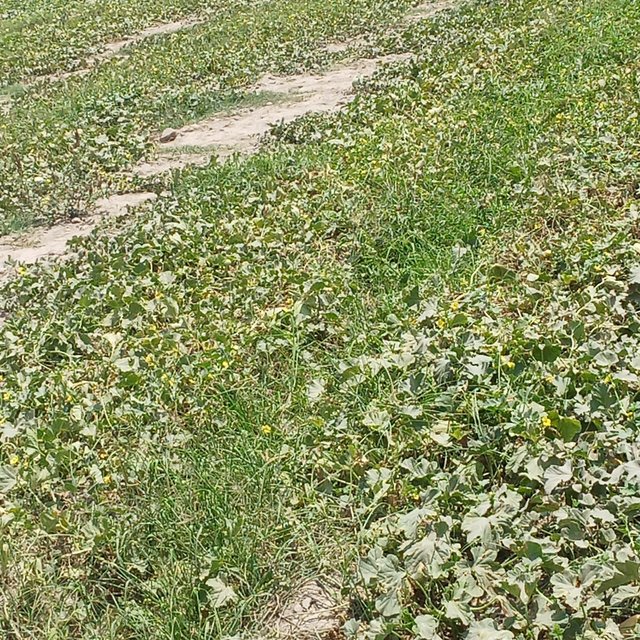
USES
In addition to their consumption when fresh, melons are sometimes dried. Other varieties are cooked, or grown for their seeds, which are processed to produce melon oil. Still other varieties are grown only for their pleasant fragrance.[16] The Japanese liqueur, Midori, is flavored with melon.
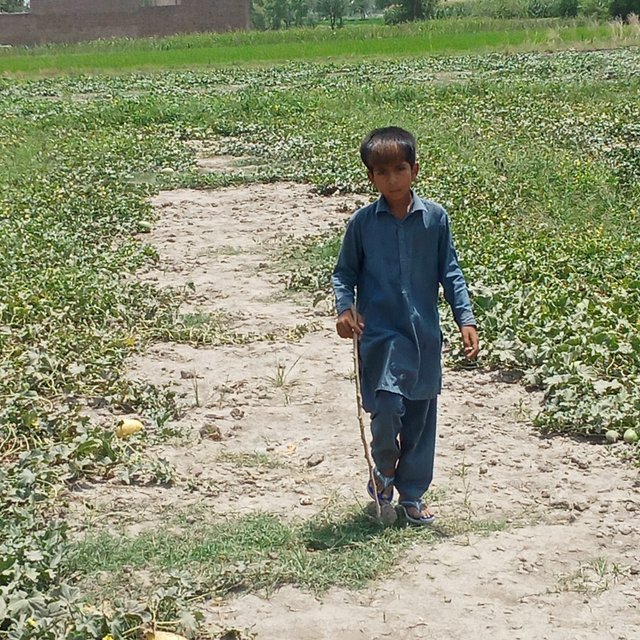
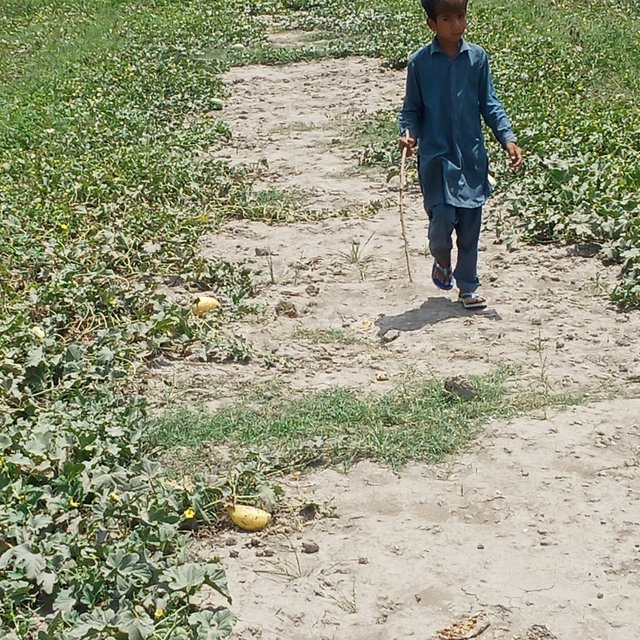
GENETICS
Genomic information
NCBI genome ID
10697
Ploidy
diploid
Genome size
374.77 Mb
Number of chromosomes
12
Year of completion
2012
Melons are monoecious plants. They do not cross with watermelon, cucumber, pumpkin, or squash, but varieties within the species intercross frequently.[11] The genome of Cucumis melo was first sequenced in 2012.[12] Some authors treat C. melo as having two subspecies, C. melo agrestis and C. melo melo. Variants within these subspecies fall into groups whose genetics largely agree with their phenotypic traits, such as disease resistance, rind texture, flesh color, and fruit shape. Variants or landraces (some of which were originally classified as species; see the synonyms list to the right) include C. melo var. acidulus, adana, agrestis, ameri, cantalupensis, chandalak, chate, chinensis, chito, conomon, dudaim, flexuosus, inodorus, makuwa, momordica, reticulatus and tibish.
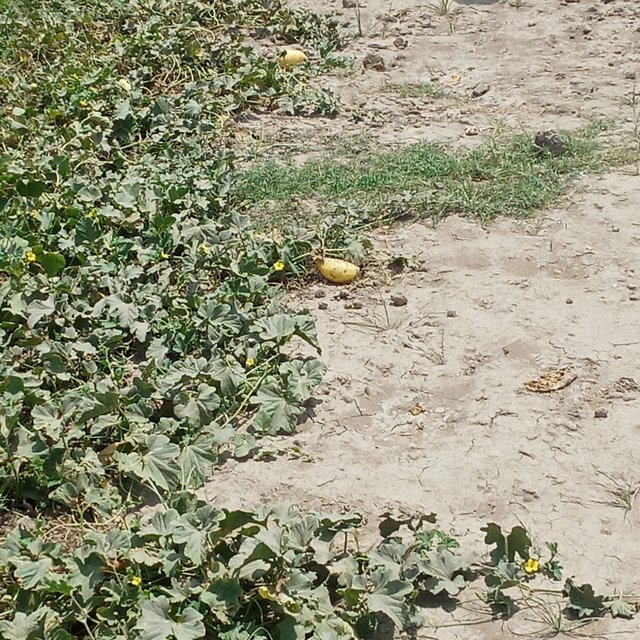
Hello @muzammal01,
Welcome to the Steemit Nursery family! We are pleased to onboard you as a #Toddler in our community.
Please note that Steemit is blockchain-based blogging and social networking site that rewards users in STEEM cryptocurrency for posting and curating material. Do participate by making posts, commenting, and voting on others' posts.
Best regards,
Steemit Nursery Team
#affable
Super post.